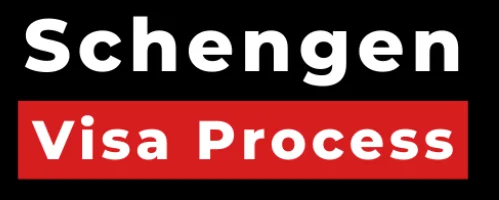Yu’ve been eagerly planning your dream trip to Europe, but your Schengen visa application gets rejected. It’s disappointing, but don’t lose hope just yet. Many applicants find themselves in this situation, and there’s often a way to challenge the decision. In this blog post, we’ll guide you through the process of appealing a rejected Schengen visa, step by step. With the right approach and determination, you might still get that coveted visa and embark on your European adventure.
Step 1: Understand the Rejection Reason
The first step in appealing a Schengen visa rejection is to carefully review the rejection letter you receive from the consulate or embassy. This letter will specify the reason(s) for the rejection. Common reasons include inadequate financial proof, missing documents, or doubts about your intention to return to your home country. Understanding the exact grounds for the rejection is crucial because your appeal will need to address these issues.
Step 2: Check Eligibility for Appeal
Not all Schengen countries allow for formal visa appeals. Some countries only allow you to reapply with an improved application. Check the website of the consulate or embassy that processed your application to determine if an appeal is an option. If it is, you can proceed with the appeal process.
Step 3: Prepare Your Appeal
To prepare a strong appeal, you’ll need to do the following:
- Write an Appeal Letter: Compose a well-structured appeal letter explaining why you believe the rejection was unjust or based on a misunderstanding. Be clear, concise, and respectful in your letter.
- Gather Additional Documents: If the rejection letter requested any missing or corrected documents, ensure you provide them in your appeal package. Additionally, include any new evidence that strengthens your case, such as updated financial documents, a more detailed travel itinerary, letters of invitation, or proof of strong ties to your home country.
Step 4: Submit Your Appeal
Follow the instructions provided in the rejection letter or on the consulate’s website for submitting your appeal. Pay close attention to deadlines, as appeals often have time limits. You may need to submit your appeal in person or via mail, depending on the country’s procedures.
Step 5: Wait for a Decision
The processing time for visa appeals can vary significantly, ranging from several weeks to months. During this period, be patient and avoid making any travel plans or bookings. The consulate will carefully review your appeal and make a decision based on the provided information.
Step 6: Attend an Interview (if required)
In some cases, the consulate may request that you attend an interview as part of the appeal process. Be prepared to answer questions and provide further clarification if necessary.
Step 7: Receive the Appeal Decision
Once the consulate has reviewed your appeal, you will receive a written decision. This decision will either overturn the rejection and grant you a visa or confirm the initial rejection. If your appeal is successful, you can proceed with your travel plans. If not, consider reapplying in the future, addressing any shortcomings based on the feedback provided in the appeal decision.
Appealing a rejected Schengen visa can be a challenging but worthwhile process. By understanding the rejection reasons, preparing a strong appeal package, and following the consulate’s procedures, you can increase your chances of securing that coveted visa and fulfilling your European travel dreams.




Leave a Reply